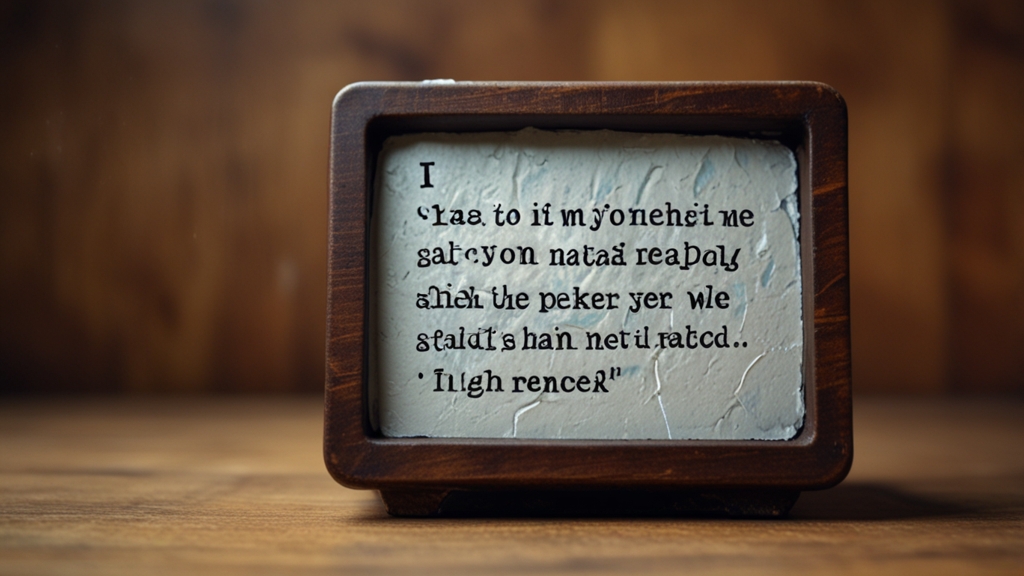What the Rosetta Stone Revealed About Language and Culture in Ancient Egypt
The discovery of the Rosetta Stone in 1799 by a French soldier during the Napoleonic Campaign in Egypt was a significant milestone in our understanding of ancient Egyptian language and culture. This unexpected find provided scholars with the key to unlock the long-lost language of hieroglyphics, thereby offering a glimpse into a civilization that had fascinated the Western world for centuries.
Understanding the Rosetta Stone
The Rosetta Stone is a granodiorite stele inscribed with a decree issued in 196 B.C. during the reign of King Ptolemy V. What makes this stone special is its inscription, which appears in three scripts: Greek, Demotic, and Egyptian hieroglyphics. Greek was the language of the administration, Demotic was the common script of the people, and hieroglyphics were generally used for religious texts and intricate inscriptions.
The text on the Rosetta Stone essentially conveys the same message in all three scripts, which allowed scholars to compare them and ultimately decipher Egyptian hieroglyphics. This was a monumental breakthrough because hieroglyphics had been unreadable for nearly 1,400 years following the decline of the Egyptian civilization and the rise of other cultures in the Mediterranean basin.
The Rosetta Stone, therefore, wasn't just a linguistic artifact; it was a cultural bridge that linked the modern world to one of history's most enigmatic civilizations.
Deciphering the Stone
French scholar Jean-François Champollion is widely credited with deciphering the Rosetta Stone in 1822. By using the Greek inscription as a base, he systematically compared it to the hieroglyphics, allowing him to understand the principles of the Egyptian writing system. Champollion's discovery revealed that hieroglyphics were not merely symbolic representations but a combination of phonetic and ideographic elements.
This understanding dispelled previous misconceptions about ancient Egyptian writing and opened the door for subsequent research into Egyptian texts, history, and culture.
Cultural Implications
The ability to read hieroglyphics provided scholars with unprecedented access to ancient Egyptian literature, religious texts, administrative records, and other documents. These texts revealed much about the daily life, beliefs, political structures, and social norms of ancient Egyptians. Previously misunderstood historical events and figures came into clearer focus, allowing historians to construct a more accurate picture of ancient Egypt.
The Rosetta Stone also brought to light the complexity and richness of Egyptian culture. For instance, the texts revealed aspects of Egyptian religious practices, such as the worship of a vast pantheon of gods and the veneration of the Pharaoh as both a political and religious leader. They also showcased the Egyptians' advancements in fields like medicine, astronomy, and engineering, underscoring their contributions to human knowledge.
The Rosetta Stone, therefore, serves as a reminder of the interconnectedness of language and culture, demonstrating how linguistic keys can unlock broader cultural understandings.
Modern Significance
Today, the Rosetta Stone is housed in the British Museum and remains one of the most visited and studied artifacts. Its significance extends beyond Egyptology to the broader fields of linguistics, archaeology, and history. The methodologies developed for deciphering the Rosetta Stone have been applied to other ancient languages and scripts, proving integral to our understanding of various ancient civilizations.
Moreover, the Rosetta Stone has become a symbol of the importance of cross-cultural collaboration in scholarly endeavors. Its discovery and subsequent deciphering were international pursuits that combined the expertise and passion of scholars from different backgrounds and disciplines.
Conclusion
The Rosetta Stone is more than a translation tool; it is a cultural artifact that has deepened our understanding of ancient Egypt. By unlocking the hieroglyphic script, we have access to a wealth of knowledge about a civilization that laid many of the foundations for modern society. The stone continues to inspire curiosity, research, and admiration, underscoring the enduring power of language as a gateway to human history.











